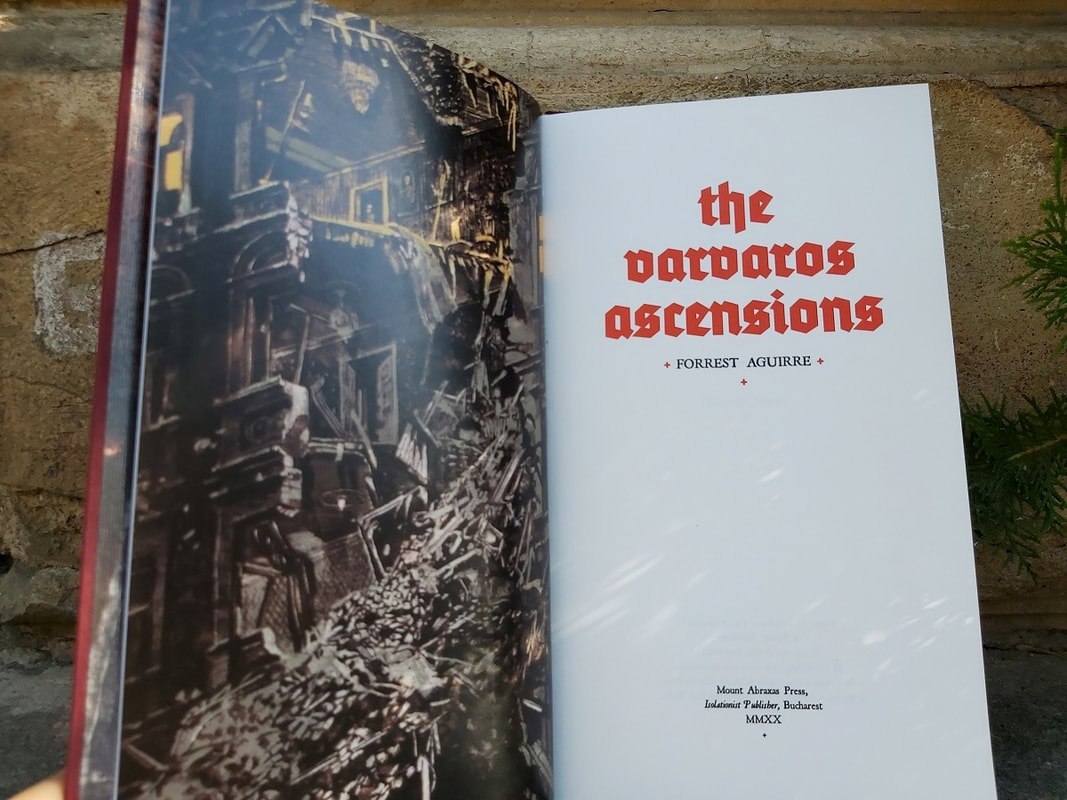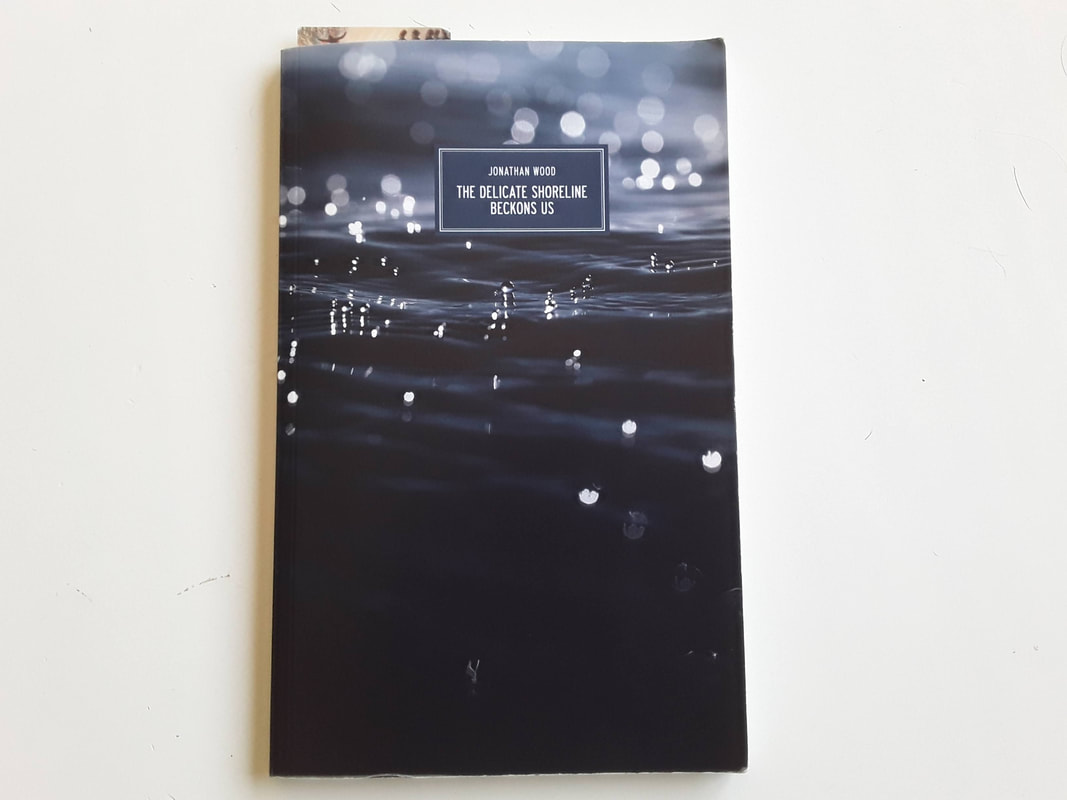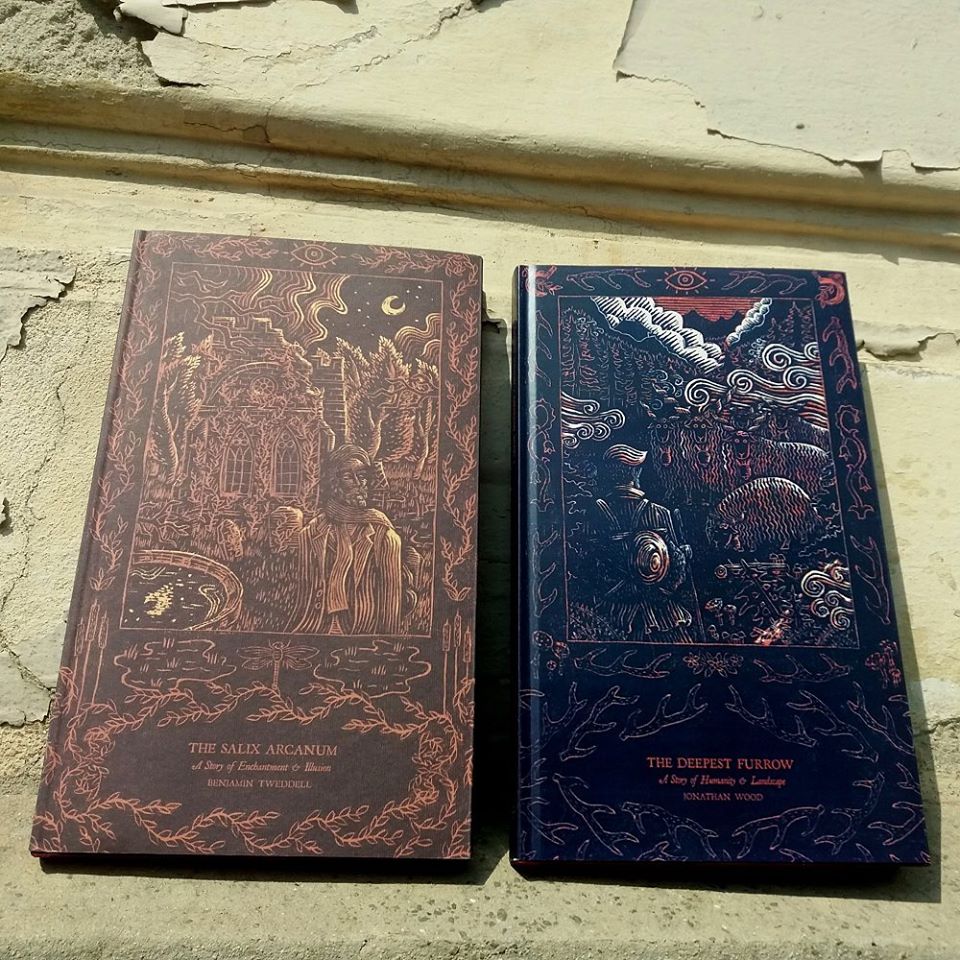|
"The Eastern star calls with its hundred knives Burn the cities Burn the cities" (Nathanael West, "Burn the Cities") Photo by Dan Ghetu. It was in my days at college, when I was studying linguistics at the University of São Paulo – when I get this strange pleasure: going through the library corridors at that university, without any specific target. I was not exactly aware of what I was looking for - but I did it furiously. Even when consulting the exotic urban theories, reflections on the city, published by the Spanish publisher Gustavo Gili. At the same time, I was exploring the gigantic metropolis, São Paulo – again, I was looking for something that I myself didn't really know what it was. Perhaps it was something new, unique; the hermetic; the vertiginous; somethng that, even when invisible to all, is not perceived in all its magnitude. Maybe it was something I could never find directly, like an item on a shelf, a fixed point on a map. I believe that my search was centered on something magical – a key, a cipher, a code, any element that would undo the fabric of the world, that would destroy the space-time continuum definitely, a very destructive leap. Forrest Aguirre, in his superb work The Varvaros Ascension, offers, in fact, not one but two of these strange keys to undo / remake the world – the City and the Ancestry.
But before the description of these strange gifts offered to the reader by the author and the editor (after all, it is not plain thing to witness the development of two bloody, sacrificial puzzles, in a single interpolated narrative), a slightly more formal presentation of the narrative is needed. Perhaps even something academic – as that would not be unfair to the author, his plot and his text. In fact, the world of universities – theses, scholarships, master's degree, doctorate, post-doctorate, professors who are researchers as well, researching rituals, classes, baccalaureate – all the strange university mandarinate is part of the intricate narrative of The Varvaros Ascension. But such involvement is far from making the plot unpalatable or tedious as such university settings are often; Aguirre's story is agile, fast, good-natured and extremely inventive, something that we would see on television series if the showrunners of that television shows were people like Fritz Lang, Raoul Ruiz and Hiroshi Teshigahara. Or Nigel Kneale, who once, in some dimension of the temporal continuum, worked on television shows. Aguirre's novel is tricky because it follows in a kind of double helix, in a potential that goes beyond the initial presentation of a title (The Varvaros Ascension) in favor of two other subtitles ("The Arch: Conjecture of the Cities" and "The Ivory Tower"). From this first carrefour, we even have a exquisite name as the title of a diegetic book – but it could be a perfectly real book, in some obscure academic bibliography. Indeed, it is not even a book at all; and Aguirre's story following this strange mystification, tracks that formed several other books, which are opened to the reader's eyes thanks to the author's visionary capacity. There are inscriptions, signs and modes of reading in the city (Madison) that surround the characters, at the university, in the friezes that decorate one of the buildings, in the disposition of beggars, in the bones – ancestral and new. All of these books are thought provoking by the vision of the author, who manages to distill from the arid urban environments in the vicinity of the universities a dense and disturbing cultural broth. It is as if Arthur Machen had attended courses at university with Herbert Marcuse as a research advisor (at Columbia University). As usual, the edition of The Varvaros Ascension, published by Mount Abraxas, is superb. The cover, with illustration by Valin Matheis, alludes to primeval, rupestrian and ancient images but, at the same time, to the fallen angel (in inverted presentation) of the Limbourg brothers in the Très Riches Heures du Duc de Berry. The inner pictures, portraits of urban desolation, perfectly follow the imagery of Aguirre's narratives. This new book is impeccable en every way (as usual in Mount Abraxas books) and the unusual format make this book an unusual cult object – the strange artifact to be used in a strange new ceremony. And now, it’s time to see the book's apocalyptic potential, duplicated by the narrative. The protagonists of the two parallel plots – which meet, literally, in the infinite – are the explorers of an other reality, materialized in a specific type of narrative that, the two protagonists soon discover, make our conventions usually accepted absurd. What narrative would that be? Well, the one that occurs in this exquisite book, The Varvaros Ascension. And faced with the tasty trap of this loop, we seek repetition: for we will read this book again, many times, and it will always seem intricate and hallucinated in a enticing way. The title’s ascension speaks of us, readers, transformed into pilgrims in infinite progression, searching for the new signs for others – many, endless – apocalypses.
1 Comment
Photo by Alcebiades Diniz Miguel. Photo by Dan Ghetu. The subtleties of a mind in the process of disintegration; a very plain, usual mind, which we saw every day in our daily lives, but in the moving from its usual compass to new and unexpected directions – a recurring theme in literature, indeed. This intimate, dark journey is at the foundation of much of Edgar Allan Poe's fiction, for example, with a kind of character that deliberately destroy its means of existence, driven by a vague feeling of horror at normality that the author called perversity. In most of the fiction made after Poe, which traces these uncertain steps, some type of psychological penetration, of exploratory diving into the sick conscience is sought; even Dostoyevsky chose this direction. But there is another way – the dazzle in the face of disintegration. There are, therefore, works that choose to contemplate the complex processes of the mind on the verge of extinction to obtain a certain degree of ecstasy – the investigation becomes a poetic, sacred rumor. So, it was with Lautréamont, with the surrealists, with Alain Robbe-Grillet and it is, likewise, with this spectacular fiction creator, Jonathan Wood.
Evidently, Jonathan is far from a neophyte in fictional creation. He is a poet, short story writer, novelist and editor with vast production of exceptional quality. And he is a true craftsman of the short narrative. One of his best novelettes, The New Fate (2013) already worked on the themes of division and rupture of the mind in a dizzying, catastrophic and ecstatic context, which leaves the reader with tears in the eyes at the end of the book; tears of sadness and joy. In a way, these two new novelettes, The Deepest Furrow and The Delicate Shoreline Beckons Us, edited in the same year, 2019, revisit that former masterpiece, but with a different and quite rich articulation, a clearer option by narrative frames that can underline the dense elements stirring within the plot. I've seen criticisms about Jonathan books, reporting how his works are a bit abstract, which creates a certain difficulty in connecting with the characters. In the two narratives of 2019, this connection is certainly immediate, without the loss of the speculative abstraction. Both narratives seem to reach different thematic and stylistic points, from a philosophical perception – but there is a poetic insight more or less common to both. In other words: they work aspects of the human mind (terrible and dreadful, no doubt, but also cyclical, ritualistic) from a casuistic perspective translucent to the reader. In the case of The Deepest Furrow, the frame is of what is conventionally called "folk horror"; but Wood's philosophical approach is so dense that it goes beyond the mere conflict between city and country, Christian and pagan, civilized and barbaric (so usual in this kind of plot) for a nihilistic view that embraces all human perspectives in the same constant spiral of oppression and extinction. In The Delicate Shoreline Beckons Us, we have an almost police narrative from the perspective of criminals, a "caper" as specified in the introduction by Mark Valentine; but again the protagonist's cynicism in no way easy piece for any formulaic on the heroic redemption trope. The power of Jonathan's plot goes beyond the limits and boundaries established by the narrative frames he uses for his paintings of despair and death – but also of ecstasy and transfiguration. The two books are also expressions of different beauties – there is an unassuming and engaging abstraction in The Delicate Shoreline Beckons Us, edited by Zagava (my edition is the paperback, but there are much more luxurious options on the publisher's website), with the undefined photographic image on its cover, suggesting the flow of sea waters; there is a baroque fury in The Deepest Furrow, expressed notably on the spectacular cover of Matúš Ďurčík, incredibly intricate like Jonathan's own story. This opposition usually follows in both and creates a spectacular contrast. It may be necessary, however, to highlight the cinematographic aspect of Mount Abraxas editions, a rich trickery suggested by the very paper on which the book is printed and the its general structure. But this consideration is about another level of meaning. It is interesting to compare these two Jonathan's short narratives with recent films that have followed similar and specific paths, but without the same thoroughness (although, without a doubt, both are good films). Midsommar (2019) by Ari Aster can be compared to The Deepest Furrow and The House That Jack Built(2018) by Lars Von Trier, with The Delicate Shoreline Beckons Us. But the films are still framed by the clichés of their genres, by the devices used in their making; Jonathan's novelettes flow through the wild territory between vision and thought with much more freedom. The richness of Jonathan's stories may one day reach the cinema; but perhaps the best is to enjoy them in the infinite breadth of the printed pages of these two superb books. |
Alcebiades DinizArcana Bibliotheca Archives
January 2021
Categories
All
|



 RSS Feed
RSS Feed
